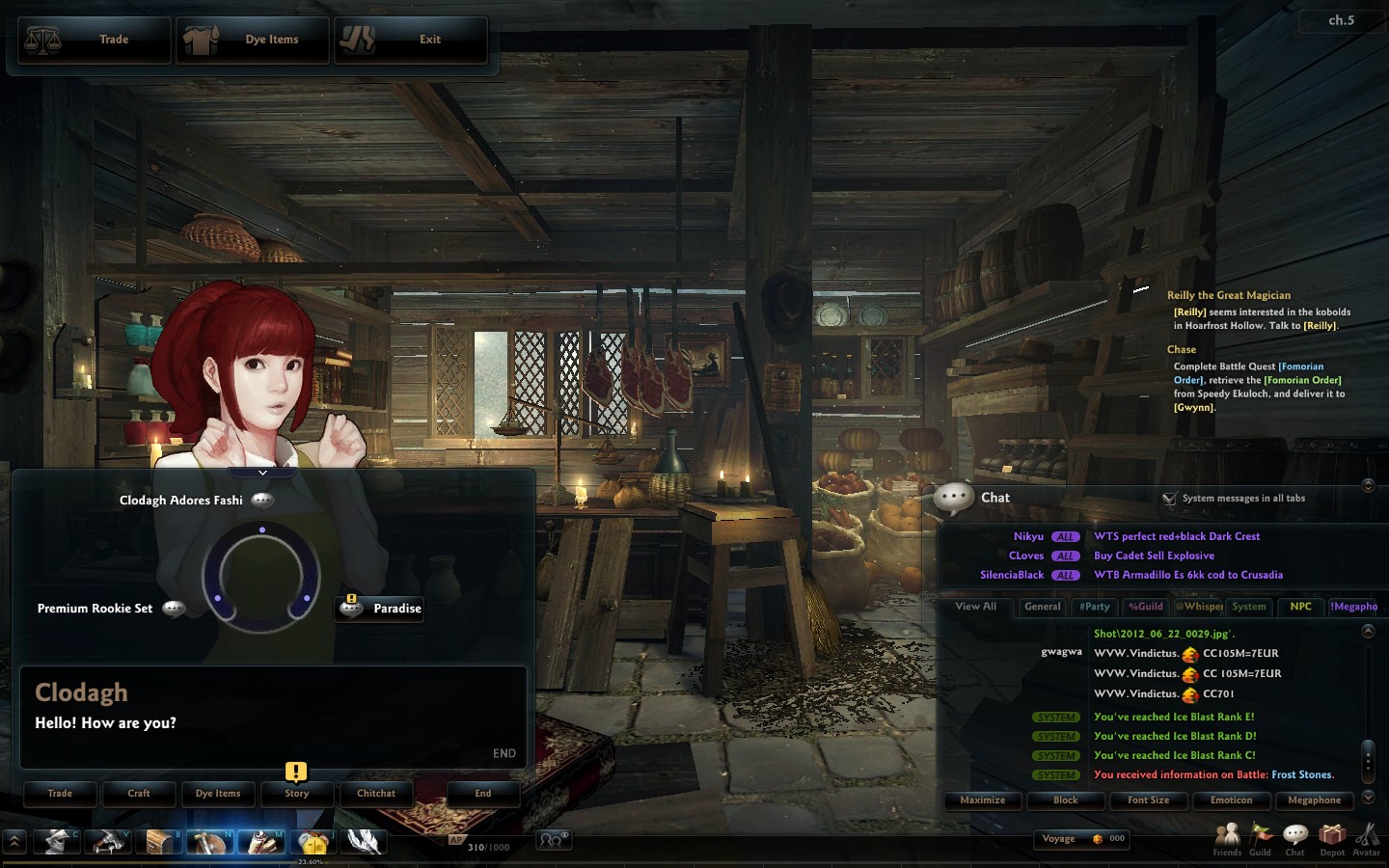
“Blodeuwedd.” In The Celts: History, Life and Culture, vol. “Alien Intellect and the Roboticization of the Scientist.” Camera Obscura 40-41 (1997): 131–62. “Fantasy in the Study of Religions: Paganism as Observed and Enhanced by Terry Pratchett.” Diskus 6 (2000). “‘Not in the Middle Ages’? Alan Garner’s The Owl Service and the Literature of Adolescence.” Children’s Literature in Education 31, no. “A Manifesto for Cyborgs.” Socialist Review 80 (1985): 65–107. Cardiff: University of Wales Press, 1953. Rhiannon: An Inquiry into the Origin of the First and Third Branches of the Mabinogi. Cardiff: University of Wales Press, 1928. Cardiff: University of Wales Press, 1973. “His Theatre.” In Presenting Saunders Lewis, edited by Alun R. The White Goddess: A Historical Grammar of Poetic Myth. MPhil thesis, University of Oxford, 2010. Magical Transformation in Pedeir Keinc Y Mabinogi and Hanes Taliesin. Gender and Space in Rural Britain, 1840–1920. Goodman, Gemma, and Charlotte Mathieson, eds. The Madwoman in the Attic: the Woman Writer and the Nineteenth-Century Literary Imagination. Dublin: Dublin Institute for Advanced Studies, 2006.įeaver, Vicki. Davies Llandysul: Gwasg Gomer, 1981.Įvans, Simon. Y Geiriadur Mawr: the Complete Welsh–English, English–Welsh Dictionary. “‘Venerable Relics’? Re–Visiting the Mabinogi.” In Writing Down the Myths, edited by Joseph Falaky Nagy, 157–79. The Four Branches of the Mabinogi: Pedeir Keinc Y Mabinogi. Ogmore–By–The–Sea, Mid Glamorgan: Poetry Wales Press, 1988.ĭavies, Sioned. Basingstoke: Macmillan, 1990.Ĭlarke, Gillian. Sounds from the Bell Jar: Ten Psychotic Authors. Cardiff: University of Wales Press, 2003.Ĭlaridge, Gordon, Ruth Pryor ,and Gwen Watkins. “Virginity and Chastity Test in Medieval Welsh Prose.” In Medieval Virginities, edited by Anke Bernau, Ruth Evans, and Sarah Salih, 56–79. “A British Myth of Origins?” History of Religions 31, no. London: Harper Collins, 1997.Ĭarey, John. “On Psychic Activism: Feminist Mythmaking.” In The Woman’s Companion to Mythology, edited by Carolyne Larrington, 425–40. Athens, Ga.: University of Georgia Press, 1996.īynum, Caroline Walker. “The Uses of Landscape: The Picturesque Aesthetic and the National Park System.” In The Ecocriticism Reader: Landmarks in Literary Ecology, edited by Cheryll Glotfelty and Harold Fromm, 52–68. “Celtic Dynastic Themes and the Breton Lays.” Etudes Celtiques 9 (1960–61): 439–74.īyerly, Alison. “The Lady and the King, a Theme of Irish Literature.” Studies: An Irish Quarterly Review 42 (1953): 321–36.īromwich, Rachel.

Cambridge, Mass.: Harvard University Press, 1952.īreatnach, R.A.

Jefferson, N.C.: McFarland, 2011.īernheimer, Richard. “Temporality, Teleology and the Mabinogi in the Twenty-First Century.” In Welsh Mythology and Folklore in Popular Culture: Essays on Adaptations in Literature, Film, Television and Digital Media, edited by Audrey L. Ann Arbor: University of Michigan Press, 1994.īecker, Audrey L. Talybont, Ceredigion: Y Lolfa Cyf., 2001.īaudrillard, Jean. Blodeuwedd: A Novel Retelling of the legendary Welsh Tale. Cardiff: University of Wales Press, 1966.īatt, Ogmore. “Bonedd yr Arwyr.” Bulletin of the Board of Celtic Studies 18 (1959): 229–52. London: Routledge, 2000.īartrum, Peter C., ed. “Hélène Cixous: The Language of Flowers.” In The Green Studies Reader: From Romanticism to Ecocriticism, edited by Laurence Coupe, 148–53. Ecopolitics: the Environment in Poststructuralist Thought. This article will concentrate on mainly three works, which present diverse re-imaginings of the medieval material: Saunders Lewis’ Blodeuwedd, Alan Garner’s The Owl Service and Gwyneth Lewis’ The Meat Tree.Ĭara Bartels-Bland, St Cross College, University of OxfordĪndermatt Conley, Verena. The symbolism of the flowers from which she is created will be analyzed and the curious alignment of flowers to Sexuality, non-existent in the medieval text but exceedingly prominent in the modern versions, will be explored. Blodeuwedd’s creation will be situated in the wider context of the idea of the automaton and will be read as a posthuman construct, eerily relevant in today’s cybernetic society. This article traces the portrayal of Blodeuwedd’s creation, the woman fashioned from flowers in the Fourth Branch of the Mabinogi, from the medieval version to twentieth and twenty-first century retellings of the story. English Literature, Middle Ages, Myth, Paganism, Retellings, Sexuality, Welsh Literature Abstract


 0 kommentar(er)
0 kommentar(er)
